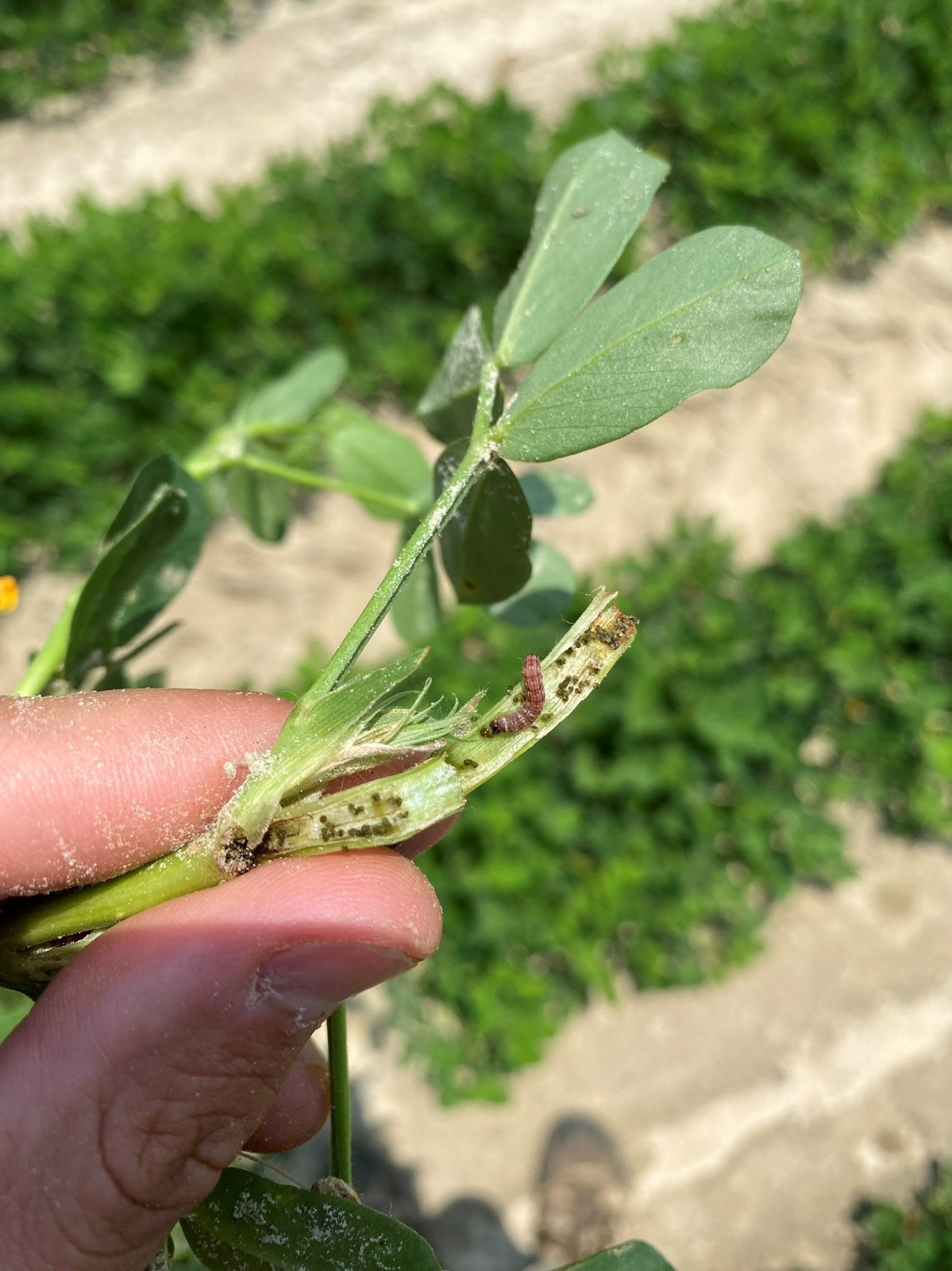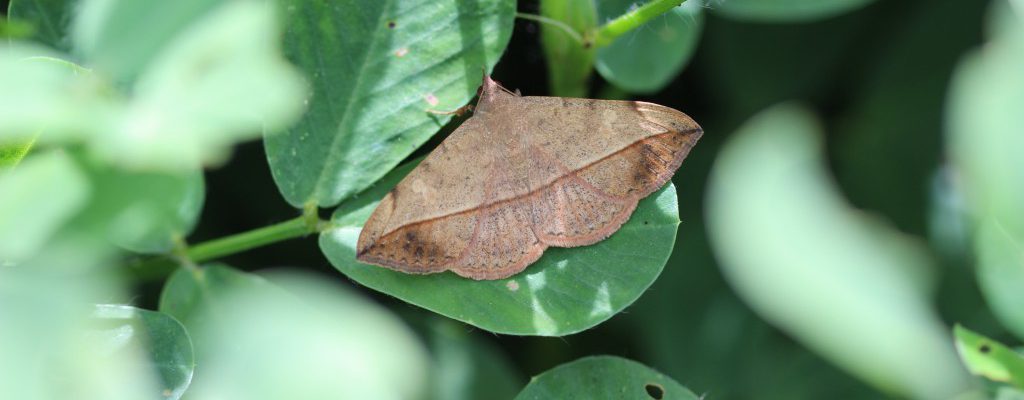Recent Posts
-
It is the first of July, and the Georgia peanut crop is looking very good as a whole. Insect pressure has been pretty average to this point in the season. Lesser cornstalk borer (LCB) has been the most serious and widespread insect issue of 2025 so far. Growers need to continue scouting fields for LCB…
Posted in: Uncategorized -

Insect scouting schools will be conducted on June 2, 2025 in Tifton and June 10, 2025 in Midville. Crops to be covered include cotton, peanuts, and soybean. These programs offer basic information on insect pest identification and damage, natural enemies, and scouting procedures. The training will serve as an introduction to insect monitoring for new…
Posted in: Uncategorized -

LCB larva in a peanut stem.
Posted in: LCB -

This post will serve as my annual, early-season reminder about thrips and Tomato Spotted Wilt Virus management. Research has shown that for every 1% TSWV found in a peanut field at harvest time, we can expect about a 20 pound reduction in per-acre yield. TSWV management is over when the furrow closes. Making good management…
Posted in: Thrips -

Two spotted spider mites are widespread in Georgia peanut fields as we approach the final weeks of the 2024 growing season. Spider mites thrive in hot, dry conditions, and they are often more abundant in fields where broad spectrum insecticides have been applied. The recent cooler, cloudy, rainy conditions in the state may have slowed…
Posted in: spider mite -

Among the items on a long list of things that will need attention after this week’s storm has passed is scouting peanut fields for insect pests. We are already experiencing higher than “normal” caterpillar pressure this year, and we are now entering the portion of the season when velvetbean caterpillar and soybean looper typically show…
-

Many peanut fields in Georgia received much needed rain over the past two weeks. This does not mean that lesser cornstalk borers (LCB) will be gone from those fields. Rain DOES NOT kill LCBs. Cool moist conditions are not favorable for the pest, but in situations where populations are already high, sporadic rainfall will have…
-
Elevated caterpillar pressure has been reported in peanut over a wide area of south and central Georgia in recent days. Most folks report a mix of species, but beet armyworm has been the most abundant foliage feeder in many fields. Peanuts are at the highest risk for yield loss from defoliation at around 80 days…
Posted in: Uncategorized -

The recent advent of hotter and drier weather has brought with it the first reports of lesser cornstalk borers (LCB) in Georgia peanut fields. I have also gotten a number of calls and texts over the last 10 days about foliage feeding caterpillars at or near threshold. I have not personally identified any of the…
-

Cotton, Peanut, and Soybean Scout School will be held at the Southeast Georgia Research and Education Center in Midville on Tuesday, June 11. This program offers basic information on insect pest identification and damage, natural enemies, and scouting procedures. The training will serve as an introduction to insect monitoring for new scouts and as a…
Posted in: scouting